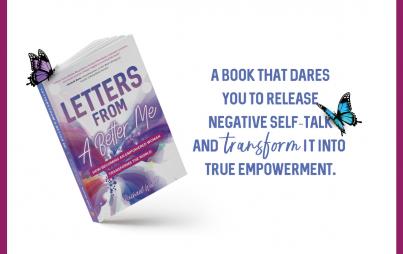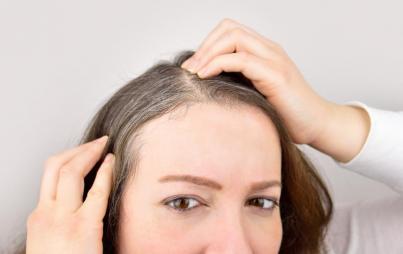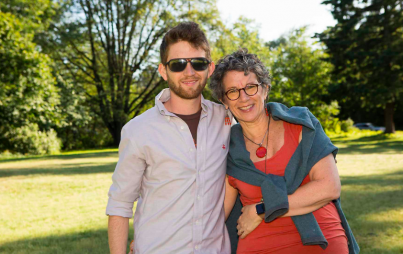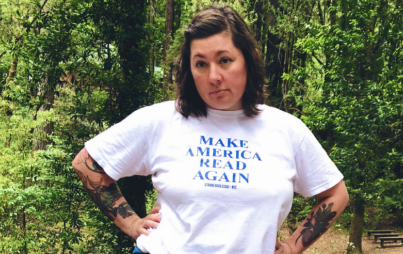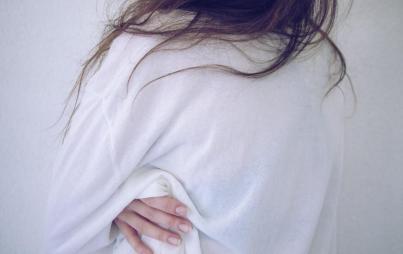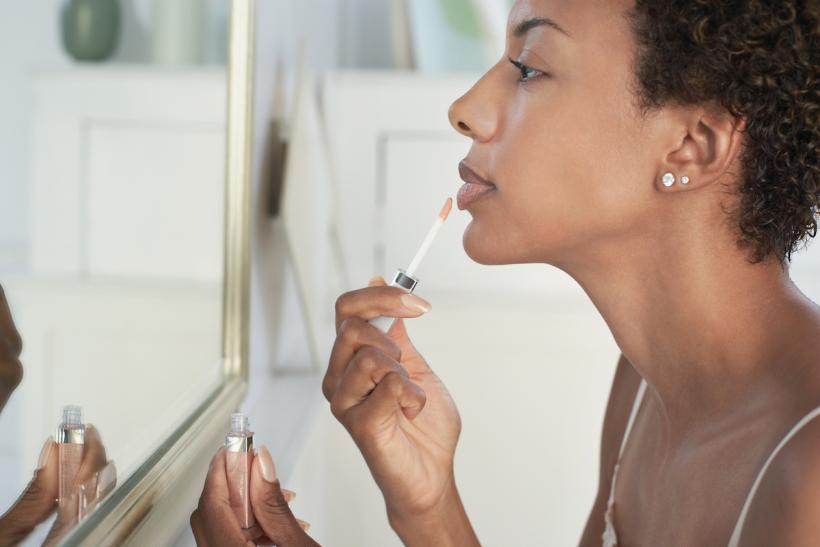
I reject the insistence that a woman can’t choose what makes her feel beautiful without regard for the judgement of others.
This article originally appeared on Role Reboot and has been republished with permission.
1997: The girls at school collect Bonnie Bell Lip Smackers. We line them up on one of our desks, form a circle, compare. The most basic come in standard fruit flavors like lime and watermelon. Some, like my frosty blue snowflake gloss from a holiday collection, are laden with sparkles. The rarest offer subtle tints of red for cherry or coffee brown for mocha.
We enjoy trading our Smackers and wearing them on keychains. We enjoy that they make our lips soft and smell like the felt-tip markers in art class.
My Christian friend who goes to a church where people cry out in a strange tongue is not allowed to play with them. But it’s clear, I protest, swiping a stick across the back of my hand. I snap open the heart-shaped latch to my plastic cosmetics case and point to my Tinkerbell set with the peel-off nail polish.
At the pool, my friend wears an oversized T-shirt so that no one will see her body. She sits cross-armed while I dab Tinkerbell cologne on my wrist, dreaming of when I will have a real glass perfume bottle with a fancy top like my mother’s.
Years later, I will wonder which one of us was oppressed.
*****
1999: The neighbor girls’ mother is a Mary Kay consultant. We sneak into her trove of products and find the cardstock samples, each stamped with the signature rose. Deciding to revive the 1980s, I scamper home with a navy blue square of eyeshadow and sweep it across my lids. My mother opens the bathroom door and stifles a laugh. “Next year when you’re 13,” she says, slipping the sample out of my hands. “I’ll teach you.”
My friends next door aren’t allowed to wear “real” makeup either, but that doesn’t stop us from playing with the samples. We arrange them in meticulous spectral order. We read their names and imagine ourselves as women in Mary Kay’s creative department, trading ideas drawn from the shades of our lovers’ lips.
The older sister waves us upstairs to her bedroom vanity. She knows how, she says, from watching the other girls at school. But a finger slips. The cosmic hunter green powder meets her off-white carpet, and even in our frenzy to clean up, we have the feeling that something precious is lost in the fibers.
*****
2005: I discover bareMinerals, a line of weightless and natural cosmetics. My skin feels healthy, thoroughly covered but not caked-upon as with some of the shinier and goopier brands. Here I am, I think, exploring the emerging contours of my face.
“You should wear less makeup,” my college boyfriend suggests. “Or no makeup. I feel like I can’t see you.”
I’m confused. My cosmetics are as much a part of me as my clothes, though he finds those objectionable too, depending on their cut and elasticity. “Who are these for?” he asks, his hand on the tight backside of my jeans. I am no longer the narrator of this scene, whose perspective now alternates between my incredulous partner and a series of real or imagined threats.
Unhappily, I keep my face bare on the weekends I visit him. Style is one of the central elements, like literature and music, firmly anchoring my gently-pliable identity. My act of quiet rebellion is hidden from him when I arrive to morning class powdered, mascaraed, and coiffed. Hoodies and flip flops never felt like me.
Realizing that my boyfriend is in love with a version of me that doesn’t exist, I say goodbye. But as I turn new corners, others continue to remove me from the narrative of my own body.
A crunchy granola lesbian in Queer Theory posits that I can’t be a feminist because I wear high heels and red lipstick — emblems of the patriarchy. Once I graduate and move back home, I arrive at the local bars with my face painted. Fingers lift my hem, dance across the stones of my necklace. “What are you all dressed up for? This place is a dive.”
I will learn that this is called “trying too hard.”
As more and more responsibilities fill the leisurely recesses of my life, there are also times when I prefer to appear in public without makeup. My presence at the grocery store is not an act of self-expression or integration into a scene. Still, when I bump into someone I know like this, they ask if I’m all right. They say I look tired.
I will learn that this is called “letting yourself go.”
2016: One sleepy Saturday morning, I stare into the bathroom mirror of our rented beach house. My skin is dewy after a quick wash in the sink. I could be featured in one of those “Your Favorite Celebrities Without Makeup” spreads, if I were anyone’s favorite celebrity. I slip on my bathing suit and greet my current boyfriend, never having wondered what he thinks about me with makeup or without.
I wiggle my toes into the Carolina sand and open Peggy Orenstein’s best-seller, Cinderella Ate My Daughter, an analysis of the princess-ification of American girls through the lenses of consumer culture and child psychology. My eyes dart back over a few borrowed lines from Susan J. Douglas’ Enlightened Sexism:
We can excel in school, play sports, go to college, aspire to—and get—jobs previously reserved for men, be working mothers, and so forth. But in exchange we must obsess about our faces, weight, breast size, clothing brands, decorating, perfectly calibrated child-rearing, about pleasing men and being envied by other women.
It’s a contract I never signed. Fussing over trifles to hold our places in the old boys’ club, like Ariel exchanging her voice for legs. Culture shapes identity. Culture shapes behavior. But I cannot accept my glittering washes of rainbow dust all carefully selected, all having brought me a thrilling jolt upon their purchase, as mere patriarchal assimilation. I dig my hands around in the colors and transform. I imagine new ways of being in the world. I reject the insistence that a woman can’t choose what makes her feel beautiful without regard for the judgement of others.
One creates oneself, Grace Jones says.
Later that month, my mother’s face wavers as I emerge wearing a shade of plum-black lipstick, just one of my recent splurges among tubes of silver-grey, neon orange, sunny coral. When I was a compliant teenager leaning into her hands as they pressed liner to my eyes, showing me how to dramatically define their almond shape, I’m not sure she had this look in mind.
“That’s different,” she says.
That’s the idea. I join my best friend at the gay club and we twirl to the pulse, the colored lights dancing over our bodies.
More from Role Reboot:



